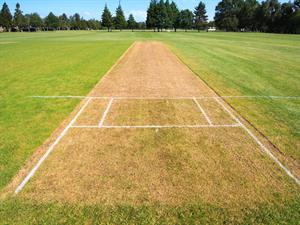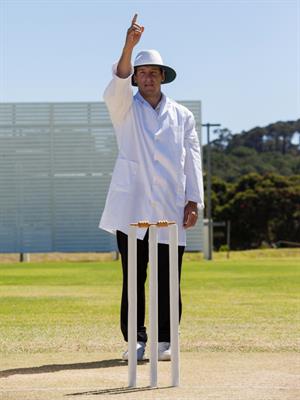
PUMPA - SMART LEARNING
எங்கள் ஆசிரியர்களுடன் 1-ஆன்-1 ஆலோசனை நேரத்தைப் பெறுங்கள். டாப்பர் ஆவதற்கு நாங்கள் பயிற்சி அளிப்போம்
Book Free Demo Another curious characteristic of cricket is that the length of the pitch is specified—22 yards— but the size or shape of the ground is not. Most other team sports such as hockey and football lay down the dimensions of the playing area. Cricket does not. Grounds can be oval like the Adelaide Oval or nearly circular, like Chepauk in Chennai. A six at the Melbourne Cricket Ground needs to clear much more ground than it does at Feroz Shah Kotla in Delhi.
There’s a historical reason behind both these oddities. Cricket was the earliest modern team sport to be codified. The first written ‘Laws of Cricket’ were drawn up in 1744. They stated, “the principals shall choose from amongst the gentlemen present two umpires who shall absolutely decide all disputes. The stumps must be 22 inches high and the bail across them six inches. The ball must be between five and six ounces, and the two sets of stumps 22 yards apart”.
Explanation:
Cricket is a game that is played between two teams with eleven players. Each team takes turn in batting and bowling. Usually, the first team to bowl aligns all their players in different parts of the ground and has one bowler who delivers the ball. The batsmen are placed at two corners of a rectangular area called 'Pitch'. The pitch is usually 22 yards, and after hitting the ball, the batsman runs from one end to the other end of the pitch to score runs. But the size of the ground that the game is played is not fixed, unlike the size of the pitch, which remains unchanged. Sometimes the ground can be circular in shape like the one in Chepauk Stadium, Chennai. It can sometimes be oval, like the Adelaide Oval, which is a famous stadium in Australia. It even gained its name from the shape of the ground.

A cricket pitch
A six is when the batsman hits the ball into the gallery or beyond the boundaries without touching the ground. But the size of the stadium can also sometimes determines the hitting of sixers. In an oval ground, the ball has to travel a little more than in a circular one. Guha gives the example of how the Melbourne stadium in Australia has an oval ground and compared to Feroz Shah Kotla Stadium in Delhi. A ball has to travel more distance in the air for a player to hit a six.
Guha also explains the historical reason as to why the size of the ground is not standard, unlike all other sports like hockey or football, which have specific dimensions for their grounds. He explains how cricket as a game evolved to a great deal from time immemorial. Although cricket was played from a very early time, it was soon codified, meaning that it was regulated and certain laws were established. The first ever regulated law of cricket was established in 1744. One of the decisions made was the appointing of umpires in the game. When a game is played, there are two teams and it is always subjected to some sort of dispute. If the team members get to decide, then there is a high chance they are biased. So the umpires, who have no connection to the teams, were appointed to settle disputes in a fair and unbiased manner. The umpires were selected among the members of the governing bodies. The batsman gets out once the ball hits the three stumps or wickets behind him. It was decided that the stumps should be 22 inches. There are smaller sticks placed on top of the wicket called bails which is six inches. Also, the ball must be between five or six ounces.

An Umpire behind the stumps
Meaning of difficult words:
| S.No | Words | Meaning |
1 | Curious | Eager to know |
2 | Characteristics | A quality or feature particularly associated with something |
3 | Dimensions | The measurements of an area |
4 | Oddities | A strange or different thing |
5 | Codified | Governed by laws and regulations |
6 | Umpire | A person who is the decision maker in a game |
7 | Dispute | Fights |
8 | Stumps | Three sticks that is on either side of a pitch, together forming a wicket |
Reference:
National Council of Educational Research and Training (2007). Honeycomb. The Cricket Story- Ramachandra Guha (pp. 139-151). Published at the Publication Division by the Secretary, National Council of Educational Research and Training, Sri Aurobindo Marg, New Delhi.